We are cultivating a space for rehearsal: where we practice future worlds as we grow them in the present.
Center for Liberatory Practice & Poetry is a nomadic and virtually-based education center that gathers a community of learners around ways of being, sensing, and making that enact liberation in everyday life. As an experiment in access-centered political education for self-governance and autonomy, the Center organizes public programs, a resource library, and publications. The Center was founded by artist and cultural organizer Kimi Hanauer in 2021 while living on Tongva-Gabrielino Land, also known as Los Angeles, California. Center projects and programs are organized in conversation and partnership with an emerging network of Weavers, Stewards, Builders, and Guides* based across Turtle Island.
In the spirit of bell hooks’ teachings, the encounters and processes we convene emphasize the seemingly mundane interactions of our everyday lives as sacred openings for liberatory practice. Through this work, we invite those who engage the Center to blur the presumed boundaries of singular and collective authorship; to trace and unsettle the bodily, social, and political borders that have produced sites of dispossession; and, ultimately, to deepen our landscapes of belonging.

Grounded in abolitionist values, the Center is conceived of as an organism that is born, lives, and will eventually die. It is an attempt at building a nimble and fluid organizational structure: one that has emerged from and continues to be transformed by its relationships. The Center’s work is activated through diasporic strategies for communication and solidarity across and against borderlines. We are holding space for the perpetually unfinished and unresolved collective labor of cultural change. We leave this work open to others to be remade, reinterpreted, and decentralized across contexts.
* Weavers, Stewards, Builders, and Guides are roles defined by Deepa Iyer and Building Movement Project’s Mapping Our Roles in Social Change Ecosystem Map.
Values & Practices
Values & Practices is a collectively sourced and living set of agreements. It invites those of us who gather through the Center to ground ourselves in our visions for autonomous and liberated communities. The agreements are meant to be drafted and redrafted every year of the Center’s life, with contributions and insights from folks who are part of the Center’s community. In sharing this inaugural iteration, we hope you’ll join us in naming and practicing liberatory ways of being and working, both within and beyond our emerging Center for Liberatory Practice & Poetry.
The ideas below were developed during a Zoom workshop and a phone call in February 2022 that gathered the Center’s inaugural team of Weavers, Denise Shanté Brown, Lukaza Branfman-Verissimo, Lizania Cruz, Kearra Amaya Gopee, Katie Giritlian, Lo, Georgia McCandlish, Malcolm Peacock in collaboration with Center Steward, Kimi Hanauer, and Workshop co-facilitator, Luz Orozco. You can read the full publication we developed through this process in our resource library.
VALUES offer a vision for how we might gather with one another...
SPEAKING INTO BEING

How do we speak our visionary worlds into being? Naming our experiences, especially when the words do not yet exist, can be a powerful act of world-building.
FLEXIBILITY FOR HOLDING
How can we instill flexibility for holding? Holding different capacities and language for labor, unlearning, and imagination, within our own shifting selves as well as for those with whom we’re practicing these values.
PAUSE, SILENCE, LISTENING, AND SLOWNESS
How do we honor pause, silence, listening, and slowness? Observing our own silences can allow others to be listened to.
CONNECTIONS TO MULTIPLE HOMES AND LANDS
How do we name and nourish our connections to multiple homes and lands – both physical, imagined, and interpersonal – and the ways we are interwoven with one another?
FEELINGS AS INFORMATION
How do we center our feelings as information that can shape our futures? We don’t know what liberation really feels like in our bodies, but we have felt a glimpse of it in our dreams. That in and of itself is a space to dwell in.
SPACIOUSNESS AND DWELLING
How do we create openings for spaciousness and dwelling inside ourselves and within our relationships? What space might this dwelling be supporting that has otherwise been pushed out?
QUESTIONS AND CURIOSITY
How do we open space for more questions and curiosity while being okay with not having the answers to our questions?
DETOX AND GRACIOUSNESS
How do we hold space for a genuine detox that we all need from the structures of domination we live under? How do we offer graciousness for ourselves and others when we fuck up? It’s important to recognize when we might come from a place of hurt or past experience of violence and that conflict is inevitable.
RECOGNIZING AND PARSING OUT OUR HURT

How can we recognize and parse out our hurt, so we don’t recreate dynamics of oppression in the new spaces we are building? We might not know what liberation feels like in our bodies, but we do know what oppression feels like. How do we not internalize the trauma that we have experienced?
PRACTICE FOR THE LONG GAME
How can we practice resisting domination and rehearsing the worlds we want to inhabit in everyday life? When we have small conflicts with friends or in community and we address them with direct, nonviolent communication and seek to resolve them truly, we are practicing for when the bigger things come up. The mundanity of life can be practice for the long game; moving the muck out of the way and bringing down our threshold for what’s scary to do.
CHECKING IN WITH OURSELVES AS WE CHANGE AND GROW

How can we be open to trusting our own ability to grow and assess new needs for ourselves? Through relationships and being in community, we understand our needs in ways we didn’t anticipate before. How do we check in with ourselves and communicate those needs so that our relationships can feel fulfilling? Not in a capitalist kind of way, but in a “I’m happy to be alive” kind of way.
SENSING AS A SACRED ACT
How do we know and feel the inherent sacredness in ourselves and all that we touch and sense? Sensing in any kind of way is a sacred act. How can we hold that reminder for ourselves in everyday life, and especially when we are encountering challenges?
WE ARE THE BAROMETER FOR WHAT IS NECESSARY
How do we offer ourselves the intimate space to check in before catastrophe occurs? If we learn to trust and listen to our bodies, we can be the barometer and the sensor for what is necessary for us.
TRUST AS A LIBERATOR OF INTIMATE SPACE
How do we develop measures for knowing what trust feels like for each of us personally, on an individual level? Trust is individual. Trust has to deal with traumas. Trust is the foundation for genuine collectivity. If you have trust, you can address conflict without shame, without fear of being dismissed.
PRACTICES offer resources, tools, and strategies that might equip us to enact the values we propose...
This is an evolving list of resources that have informed our work and will be updated as time goes on.

- “Cultivating the Self: Embodied Transformation for Artists” by Alta Starr
- “Venus in Two Acts” by Saidiya Hartman
- The Making Of: Publics & Liberation by Press Press, featuring Jenné Afiya, Fire Angelou, Emeline Boehringer, Kory Sanders, Kimi Hanauer, Sarrita Hunn, and Malcolm Peacock
- Uses of the Erotic: The Erotic as Power by Audre Lorde
- Care Manual: Dreaming Care into Being by kamra sadia hakim
- Mapping Our Roles in Social Change Ecosystems by Deepa Iyer, Building Movement Project
- “Unlearning: From Degrowth to Decolonization” by Jamie Tyberg
- Undoing Borders: A Queer Manifesto by SF Chapter of Pride At Work / Horizontal Alliance of Very (or Vaguely or Voraciously) Organized Queers (HAVOQ)
- “The Short Instructional Manifesto for Relationship Anarchy” by Andie Nordgren
- “Access Intimacy: The Missing Link” by Mia Mingus
- “Anti-Oppression Facilitation for Democratic Process: Making Meetings Awesome for Everyone” by Anti-Oppression Resource and Training Alliance (AORTA)
- “Accessibility in the Arts: A Promise and a Practice” by Carolyn Lazard
- “10 Principles of Disability Justice” by Sins Invalid
- How to Build Language Justice by Antena
- Braiding Sweetgrass: Indigenous Wisdom, Scientific Knowledge, and the Teachings of Plants by Robin Wall Kimmerer
- Citizen: An American Lyric by Claudia Rankine
We hope this list will continue as our work comes into being.
Team
~ Kimi Hanauer, Founding Steward
~ Jayce Nguyen, Website Developer
~ Luz Orozco, Values & Practices Steward
~ Sai Tripathi, Illustrator
~ Emily Sara, Accessible Design Strategist
~ Denise Shanté Brown, Weaver
~ Lukaza Branfman-Verissimo, Weaver
~ Lizania Cruz, Weaver
~ Kearra Amaya Gopee, Weaver
~ Katie Giritlian, Weaver
~ Lo, Weaver
~ Georgia McCandlish, Weaver
~ Malcolm Peacock, Weaver
Thank you to our Guides who supported the founding of the Center: Gabrielle Civil, Andrea Fraser, Vishal Jugdeo, Barbara Krueger, Candice Lin, and Lu Zhang.
